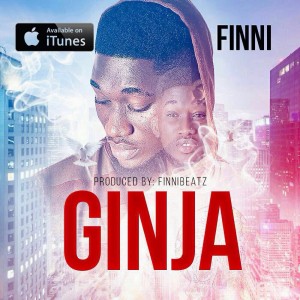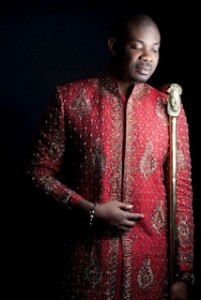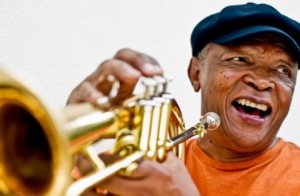The study of African musical systems holds an incredible wealth for the modern percussion educator and band director. In the average grade school band room, the band director often has to work with other sections of the band while the percussionists sit idle. When the percussion section is then asked to rejoin the ensemble they frequently have difficulty staying in time, keeping their place in parts that are very repetitious, or holding on to a groove where the bass drum, snare drum, and cymbals have non-unison parts. Specifically there are four African musical concepts that will help to foster and develop solid foundations of time, feel, groove and ensemble playing while improving listening and memory skills. These concepts are rote learning, repetition, hocketing and call and response.
Rote learning is the most commonly used teaching method in the non-Western world. It is an oral and aurally based system of learning that helps to develop a student’s critical listening and memory skills. Rote learning, in its truest form, exists without written notation. Each part is taught to the student by an elder musician who was taught by a master musician years before. Initially, the student listens as the teacher sings a part in onomatopoeic syllables and then responds by singing it back. For example, the jazz ride cymbal rhythm could be taught as “spang spang-a-lang spang-a-lang” or “door shut-the-door shut-the-door.” Eventually, he or she must listen as the teacher plays a part on the drum while watching the teacher’s hands in order to learn not only the rhythm but also the sticking and overall technique. The concept of rote learning is easily applied to the following three concepts as well as any other music in which the overall feel or groove cannot be displayed on the written page.
Hocketing is the process of combining simple interlocking parts in order to create a complex whole. The players of a hand bell choir and the bass drummers of a modern marching bass line create melodies through the process of hocketing. Each part played individually has no identifiable rhythmic or melodic meaning, but when put together in an ensemble the group can create melodies and complex grooves. The Oom-pah beat with the bass drum on beats one and three and the snare drum on beats two and four is a simple form of hocketing. Here are some examples (these should be taught using the rote method):

A great exercise for utilizing this concept is to have the students go clockwise in a circle, each clapping the next beat (in time).
At the heart of most African musical systems is the concept of repetition with only subtle variation. Upon first listening to a West African drumming ensemble or an Afro-Cuban rumba group, one is often struck with either the notion that the same parts are being played over and over again with no apparent change or that the entire groove is in a constant state of alteration and transition. After some critical listening, however, one notes that even as the groove is unfailing there are minute and subtle changes happening in nearly every part of the ensemble. These subtle changes have a profound effect on the overall feel or groove. A handful of simple rhythms, each with one simple variation, played for extended periods of time will help students begin to understand how a groove works. For example, using the rote method and noting the inherent hocketing of the patterns, one could teach students the following simple rhythms and corresponding variations. The teacher must stress that the main rhythms are the most important to the overall groove and the variations are merely additions.

For more advanced groups one could experiment with these rhythms and variations, taken from an Ewe style of drumming called “Gahu,” again noting the hocketing and utilizing the rote method to convey them to the students:

Arguably the most important of the African musical concepts is that of call and response. The most basic form of call and response is mimicry and is directly related to rote learning. The students respond to phrases of a determined length by mimicking the teacher’s call. By starting with one or two beat phrases and gradually working up to two and four bar mimicry, students will be working on critical listening skills while expanding short term memories.
A more complex form of call and response is the static response, wherein the students reply to the teacher’s ever changing call with one set response. The challenge here lies in the potential complexity of the teachers’ calls. If the teacher begins playing calls that banish the downbeat or are highly syncopated, the students must rely on their burgeoning internal clocks to insure timely entrances.

The most complex form of call and response utilizes a vocabulary of calls, each with its own set response. The student must play the appropriate response to each and every call.

The teacher can keep it exciting and challenging by increasing the overall vocabulary, increasing the length of the calls and responses, and by randomly choosing the order of calls. Brazilian Samba recordings are a great place to hear amazing examples of all three of the call and response varieties.
These African musical concepts have direct application for entire band programs as well as percussion sections. After all, each of these concepts has found its way into popular music. The music of Count Basie and James Brown are perfect examples of rote leaning, subtle variation, hocketing and call and response.
 When I was young, I have many brothers and sister that are doing music and even addicted to music , but they usually tell me then that music is unprofitable venture for anybody to take as profession.
When I was young, I have many brothers and sister that are doing music and even addicted to music , but they usually tell me then that music is unprofitable venture for anybody to take as profession.






